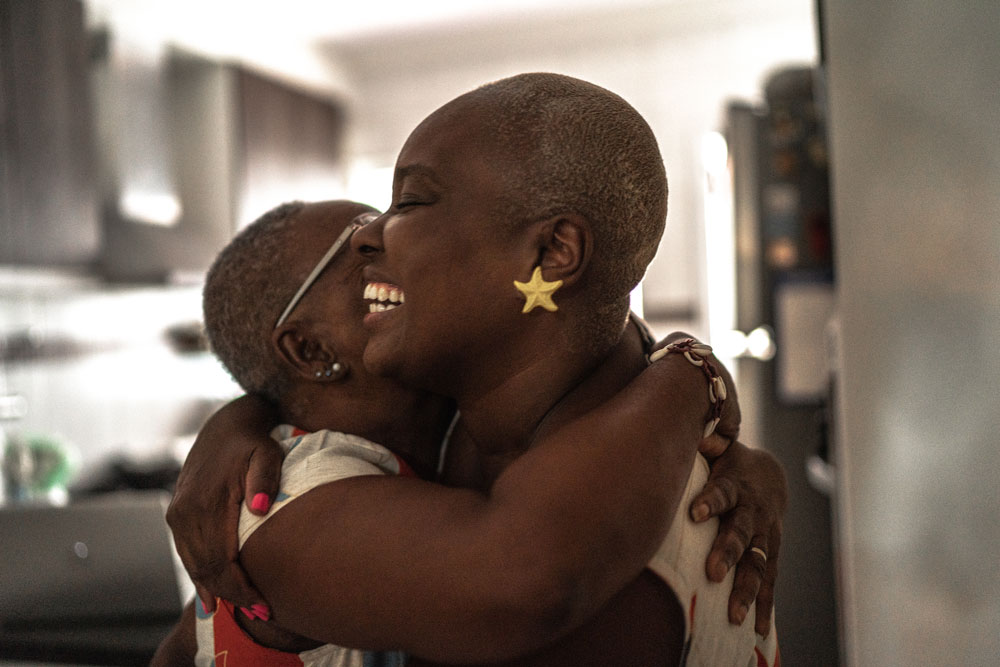What COVID Taught Us About Focus, Innovation, and Leadership
Well before the COVID-19 pandemic struck in early 2020, drug developers were struggling to become more efficient. At industry conferences, executives, regulators, and investigators lauded new approaches, including decentralized trials (DCTs), patient centricity, adaptive study designs, and risk-based central monitoring. Still, uptake lagged.
Then, in the space of months, the coronavirus crisis changed the clinical research landscape in three lasting ways:
-
DCTs passed the Proof-of-Concept test. As researchers scrambled to keep trials going, they turned to DCT techniques. Telemedicine, home nursing, eConsent, centralized monitoring, and other tools aced their proof-of-concept testing in the Covid crucible, proving quick and efficient. We’ll extend the use of these tools as we advance ways to take the studies to the patient to provide an improved patient experience and patient diversity.
-
Patient-centricity went mainstream (finally). The pandemic proved that many clinical trials could deliver drugs directly to patients, collect streamlined data, and offer home- or local clinic-based visits. We can incorporate multiple options into trial protocols with flexible trial designs, reducing burdens on patients and sites and minimizing regulatory amendments.
-
Biometrics and biostatistics got more important. Contactless trials required healthcare providers to communicate with patients via mobile devices, highlighting the need for advanced biometrics to authenticate interactions and safeguard patient data and privacy. And new data-management platforms required more and better-trained biostatisticians. Any company running a trial will now need to prepare for these realities.
Working in this industry for decades, I’ve seen dramatic change. But I’ve never seen the intensity of transformation and innovation that I see today. How can sponsors and CROs survive and thrive? I have a few ideas.
Focus on change.
Efficient remote data collection, management, and interpretation require interoperable systems that don’t exist today. It takes an army of people to build new systems. It also takes investment. At Parexel, we have made a substantial investment in our clinical trial management systems so they can flag data signals more accurately and automatically.
It can be challenging to manage changes of this scope: it is necessary to review longstanding traditional systems and SOPs that may not currently be interoperable but have worked well. They won’t be adequate to handle the demands of remote, risk-based monitoring. Investing in data interoperability now will save money and time later.
Innovate first, then standardize.
But data interoperability doesn’t mean standardization. We’ve seen a heavy emphasis on “standardization” of data, systems, and approaches at industry gatherings and in journals. But I believe that most of the significant advances in drug development came from people and teams that did work that was not standard.
In a period of intense transformation, standardization should not be the goal. That’s a misconception. Setting rules based on what’s good today will not necessarily be good for tomorrow.
Now is the time to reward innovation. Let’s take the example of communicating with patients during studies. We know that we can boost recruitment and retention by engaging patients regularly and interactively during a trial. With new platforms and devices, we have the potential to share data with patients continuously. This is critical in cell and gene therapy trials or rare disease trials as there may be only a few hundred patients worldwide. But with technology and connectivity continually advancing, we will need to experiment extensively to refine how we do this well and in a compliant fashion. It’s too early to standardize any one approach.
Lead with courage.
Every company has its existing processes and loads of people who are comfortable with and knowledgeable about them. But the changes currently impacting drug development demand that people and companies go outside their comfort zone. That takes courage and leadership.
For example, for years, there has been a standard process for study start-up at sites, including a lengthy, face-to-face principal investigator (PI) training session. Now, we are conducting virtual training to clarify study designs and reach a consensus with PIs. This is proving to be much more efficient, as we can bring together all the stakeholders participating in the trial, regardless of location, facilitating decentralized data collection. Reimagining the study start-up process at sites may be unsettling, but it can lead to better solutions.
We can transform our industry and develop drugs faster and better with focus, innovation, and leadership—all qualities on display during the Covid crisis.






